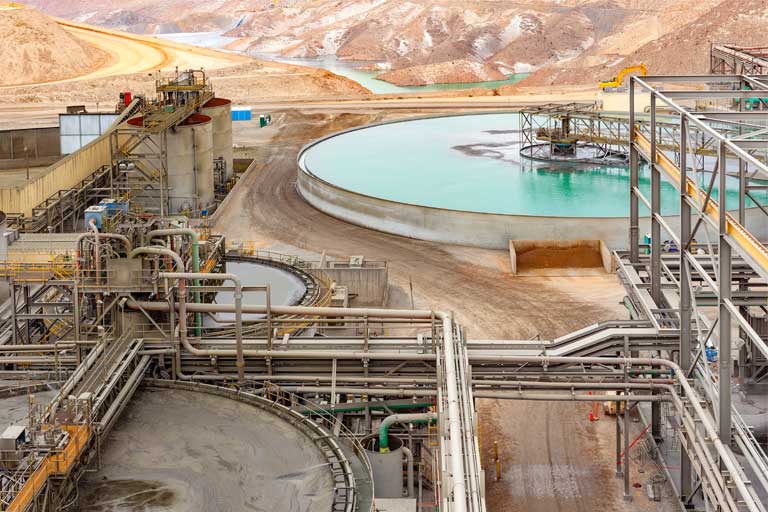It’s one of the biggest liabilities a junior miner can have — not having the right people in place at the pivotal exploration and pre-feasibility stages. This is even more challenging when your new project is in Latin America — thousands of kilometres away from head office, with a different language, cultural and regulatory environment.
Germán Osso, Client Relationship Lead, LATAM, with Globe 24-7, says it’s a common challenge for miners when establishing a Latin American presence.
As international interest in mineral exploration in this region grows, finding skilled staff is a significant barrier to getting projects off the ground.
Here we discuss navigating recruitment in Latin America for junior miners and what you should consider:
What can go wrong
In the early exploration stage, miners will often outsource to contractors for geologists, drillers, and engineers.
But as the project progresses, it becomes more important to get the right people in place.
“Junior mining companies often start exploring in unfamiliar territories and lack knowledge about the local talent landscape,” says Germán, who is based in Colombia but works with teams all over the region.
“In smaller towns, where mining projects often start, there is often a lack of English proficiency and a general mistrust in foreign projects. This can complicate community engagement.”
There’s also competition.
More established miners typically offer higher salaries, better benefits, and job security. This makes it a challenge for junior miners to attract and retain top talent.
What you can do about it
Germán says there are three steps that junior miners should take when recruiting a skilled local team to navigate Latin America’s complex political, regulatory, and cultural landscape.
Step 1: Map your talent market
Having a good idea of the local talent and salary expectations will help avoid nasty surprises as the project moves forward.
“We recommend you do in-country talent mapping as a first step,” explains Germán. “You’ll get a good idea of the labour available, pay expectations in-country, and preferred roster and benefits.”
If it turns out that there’s not enough local talent, then you need to look further afield. The best way to tackle recruitment in this way is on a regional level.
“Some junior HR teams will try and go country-by-country but this is where is becomes inefficient and complicated,” shared Germán. “You’re better off talking to a talent acquisition partner that can map the candidate market in all of Latin America’s mining regions in one go.”
Step 2: Understand the landscape
Establishing a mine is a huge undertaking. Germán says miners must be across the government regulations and be on the front foot to gain community trust.
“Understanding and integrating into local communities is key for foreign junior miners to overcome trust barriers. They must offer more than jobs to local communities,” he says.
“You need to present a vision of long-term benefits and improvements.”
He says miners should partner with a recruitment agency that’s experienced in community engagement and regulation compliance.
“For successful operations, it’s important to understand government regulations and community engagement.
“Local knowledge is vital.”
Step 3: Tap into local and global networks
Local skill limitations mean your company will likely need to bring in expertise from other countries.
Germán says that’s why working with a local team with global reach makes sense.
“At an international level, look for a recruitment partner who can help you hire project critical roles like general managers who can navigate the local market and government regulations,” he says.
Plus, ask if they have a strong local network.
“They should be able to help you access skilled talent in-country, with efficient candidate identification and industry insights right from the start.”
A good mining recruitment firm will focus on foreigners with previous experience in LATAM or locals that are currently working abroad, but then have the ability to reach further if needed.
A company like Globe 24-7 can help you with the whole process — starting with regional talent mapping, all the way to finding your senior management team and onboarding them from anywhere in the world.
Setting you up for success
A successful mining project in Latin America hinges on overcoming cultural, regulatory, and trust barriers.
Taking the right approach — talent mapping, strong local community engagement, and reaching into local and global networks — sets the foundation for your project’s long-term success.

